A divisive look for some, but one I'm all about embracing is 'rugged Ivy' or 'hard Ivy.'
That's the term a lot of people use to describe it anyway. I simply classify it all as Ivy. In fact, it's just the way I like to dress.
In my opinion, the Ivy look stems from a desire to appear smart yet comfortable simultaneously. So why shouldn't practical clothing, purposely designed to meet both of those requirements, also be included within the look?
The term 'Rugged Ivy' can be attributed to the Japanese. The rise of American culture saw the Japanese not only adopt the Ivy style but also classic American fashion.
L.L. Bean is a brand that immediately springs to mind. Rooted in American outdoor heritage, their Duck Boot is an icon of rugged Ivy. These boots are premium quality, designed to withstand the elements. With premium quality comes an elite customer, or at least an aspirational one.
A series of photographs that I've been admiring lately are those of late 60s/70s West Coast rock climbers. While I have no interest in climbing myself, I find myself drawn to their attire.
One particular photo caught my eye: a climber wearing a rugby shirt. I love the contrast in how this garment is being worn. You'd typically expect to see it on the pitch of a wet, cold, windy, muddy British winter's day at a private school's rugby match. Instead, here it is in the complete opposite setting: worn by hippies in the dust-filled, sun-drenched mountains of California.
I recently got my hands on a shirt based on the very one pictured, from Black & Blue. A UK brand and manufacturer of heritage-inspired rugby shirts.
Below is a look I recently wore and was quite happy with. I believe it captures the blend of traditional Ivy with Rugged Ivy simultaneously.
In addition to the rugby shirt inspired by the ones worn by rock climbers, I also wore a hat they adopted as part of their functional wardrobe: the Heimat Deck Hat in Safety Red.
Heimat is a German company renowned for producing high-quality pieces, primarily hats and knitwear. The Deck hat, originally worn by sailors to shield them from the harsh winds and rain of the open seas, is one of their standout creations.
Crafted from thick wool with impeccable construction, it boasts a striking Safety Red colorway that ensures climbers can be easily spotted if the need for rescue arises or they find themselves stranded.
An essential component of the look is the 60/40 Mountain Parka. I finally acquired one at the start of the year after it had been on my list for a long time.
Although I'm not typically fond of wearing hoods, there's something about the technical construction and heritage of the mountain parka that appeals to me.
The name 60/40 refers to a blend of materials, typically 60% cotton and 40% nylon. This blend offers a balance of durability, water resistance, and breathability, making it ideal for outdoor activities such as hiking or camping in diverse weather conditions.
Within the ever-expanding archive, there are some great pictures showcasing how people have styled them over the years. One iconic example you may recognize is the orange jacket Robert De Niro wears in 'The Deer Hunter'.
The most notable version of the jacket is the one by Sierra Designs. They played a significant role in popularizing this style of jacket among outdoor enthusiasts, particularly during the 1960s and 1970s. While Sierra Designs didn't invent the fabric blend itself, they certainly contributed to its prominence in the outdoor apparel market.
I’ve explained a bit how to achieve the look of what I deem, “Rugged Ivy” but I guess I haven’t really given it my own definition.
Whether or not you think it's a branch of the style that exists, it’s a great way to define the way the Japanese embraced both traditional Ivy style along with heritage outdoor garments at the same time.
Illustration by Kazuo Hozumi
America’s occupation of Japan after the second world war definitely influenced the cultural move to wearing their classic garments, but I think the Japanese are also just brilliant at the finer details at just about everything. Food, travel, lifestyle, not to mention clothes too.
I love when you see inside a Japanese electronic store and there’ll be an 80s cassette player looking like it’s brand new. It’s not untouched, it’s just been looked after.
Rugged Ivy embraces the best of America’s contributions to the world of menswear. Practical, smart clothing that will forever be reworn, reincarnated and redeveloped.
To end on, here’s a reel I made of me wearing my own 60/40 Mountain Parka by All Blues Co. A Beautiful version made for them in Seoul, South Korea.
This is a look I think perfectly captures the “Rugged” side of Ivy. Staples such as a Shetland, Oxford B.D., Chinos paired with an iconic piece of outerwear.
Thanks for reading,
Tom


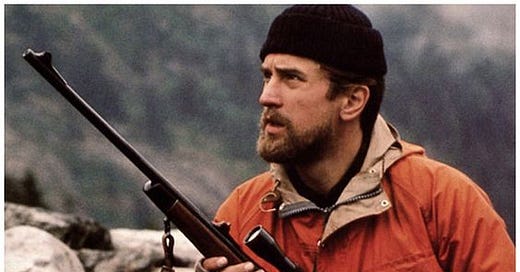




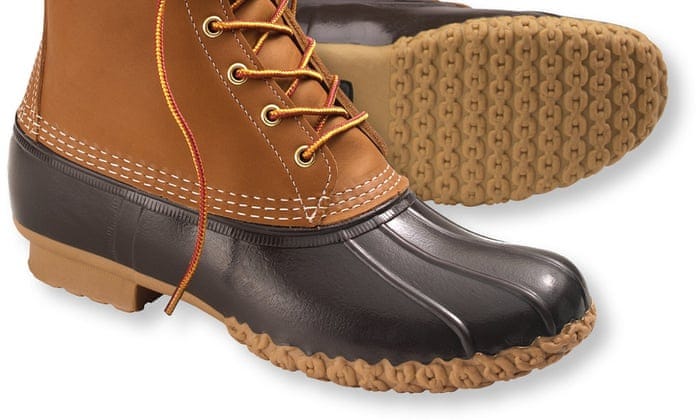
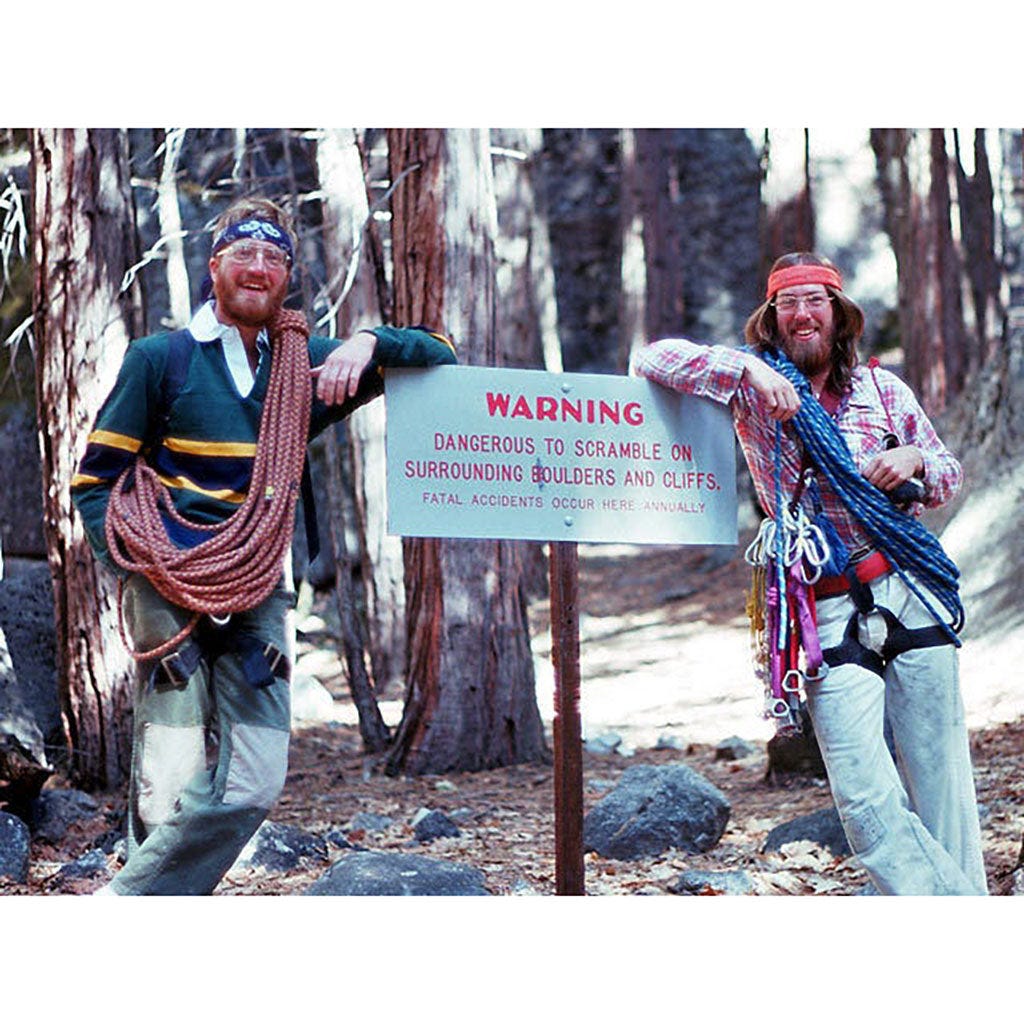
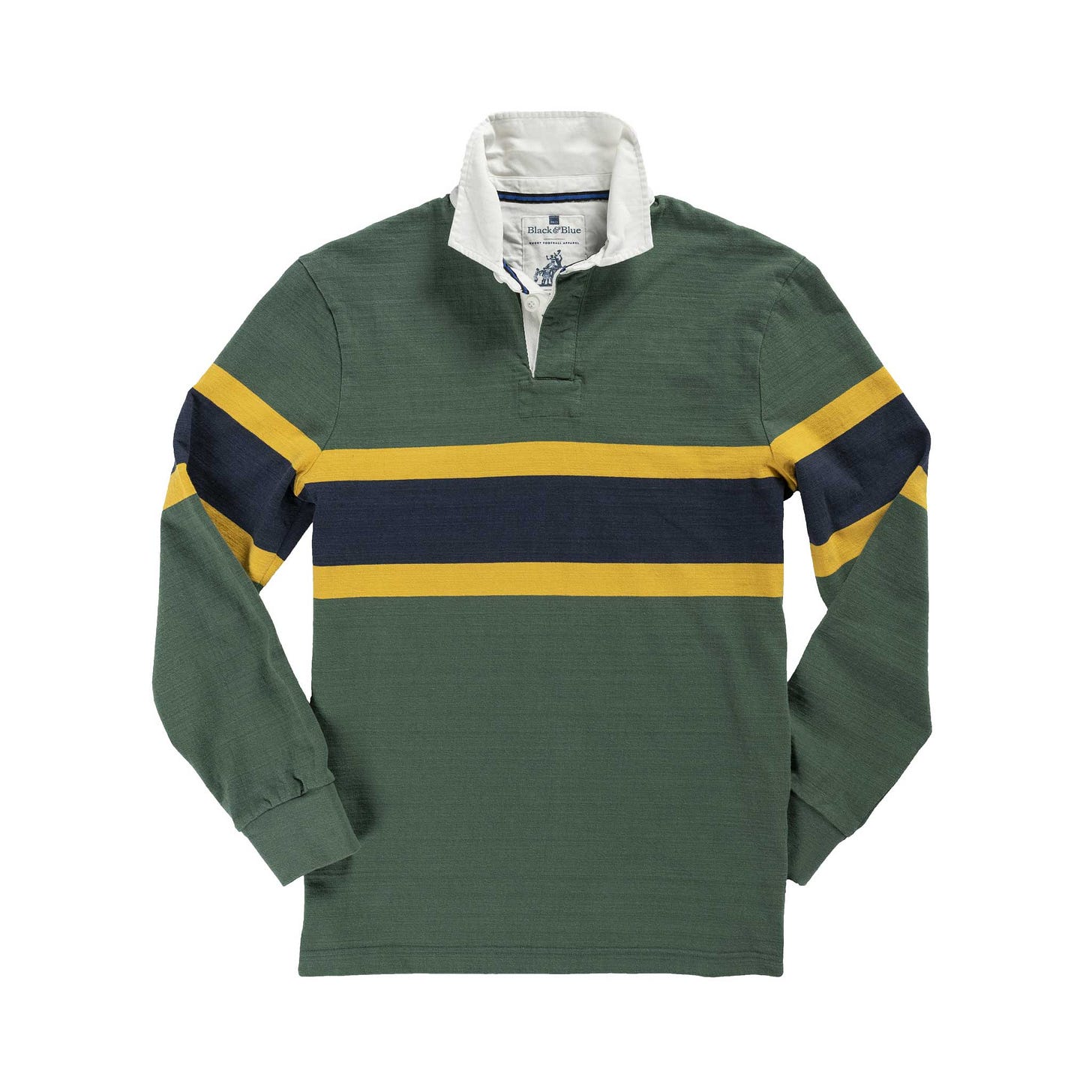
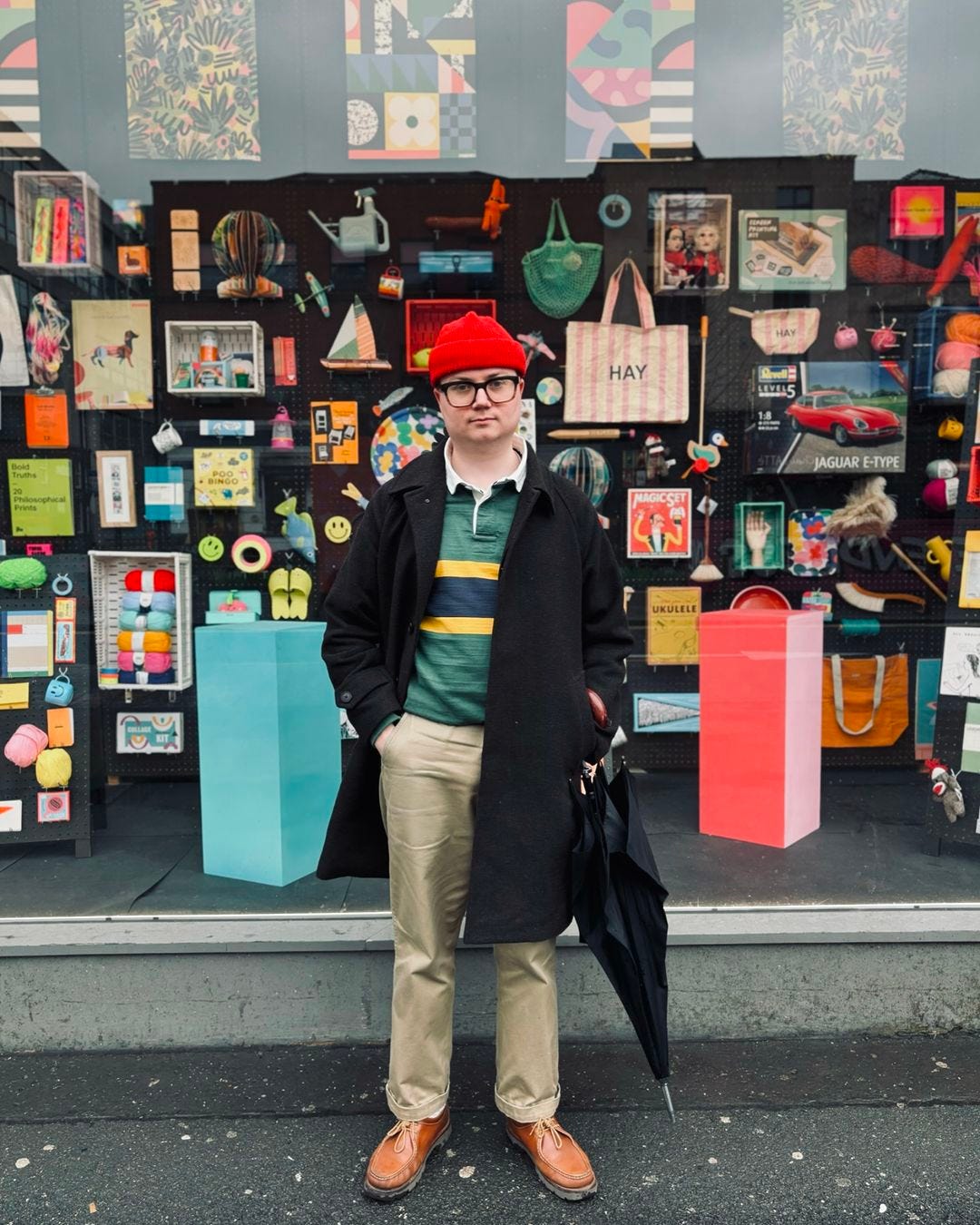



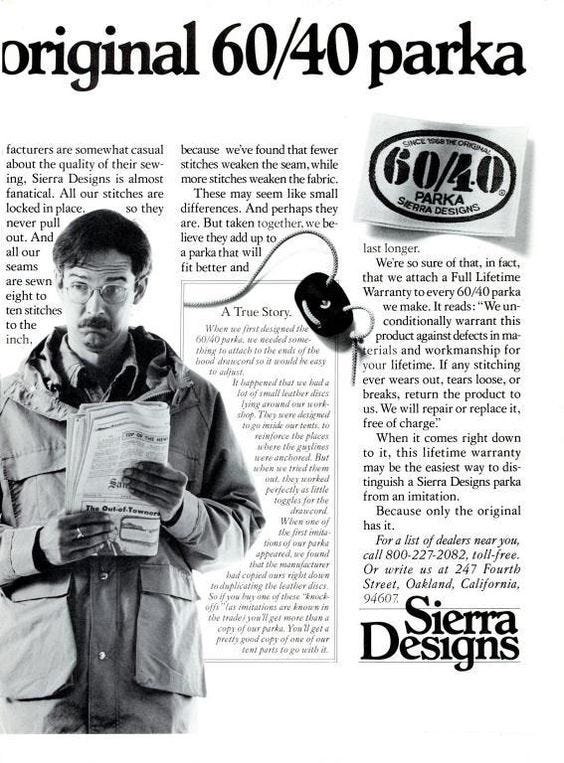
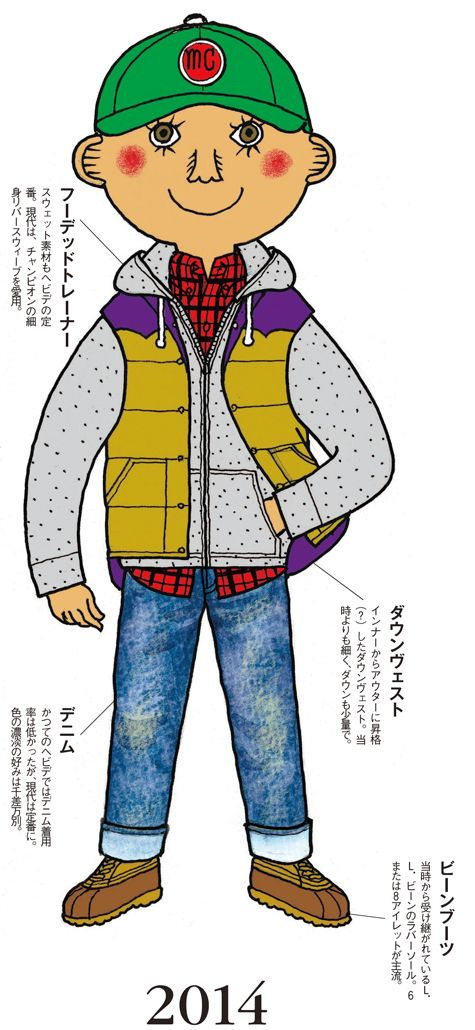

I really like this, and it brings to light something I was interested in almost without realising it. The place and way I live means I often encounter rain and mud, yet also want to incorporate some elements of ivy into my day to day outfits. This is a very useful insight on how people do this, so thanks! It also makes me realise that the Carhartt parka I own probably incorporates elements of this style.
Lovely post Tom! I've actually been looking for a "rugged Ivy" boot that's a bit more elevated than the bean boots (of which I already own a pair). Which pair are you wearing on this outfit if you don't mind me asking?